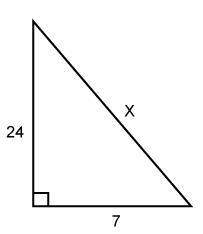For all of the following questions, use this data:
the incidence rate per 100,000 per y...

Mathematics, 11.12.2019 23:31, gabrielolivas59
For all of the following questions, use this data:
the incidence rate per 100,000 per year for lung cancer is 7 among nonsmokers and 71 among smokers. the incidence rate per 100,000 per year for coronary thrombosis is 422 among nonsmokers and 599 among smokers. the prevalence of smoking in the population is 55%.
a) what is the percent population attributable risk of coronary thrombosis due to smoking?
b) so based on your calculations, if you could magically stop everyone from smoking tomorrow, which disease would show a larger drop in incidence (be sure to explain your answer)?

Answers: 1
Other questions on the subject: Mathematics

Mathematics, 21.06.2019 20:00, makennahudson94
Someone me! if you’re smart you can solve this!
Answers: 2

Mathematics, 22.06.2019 01:30, gwoodbyrne
Study results indicate that the mean length of time people spend on a bus in a city is between 21.2 min and 24.5 min what is the study margin of the error?
Answers: 1

Mathematics, 22.06.2019 05:00, sebastianapolo5
Consider the equation 0.2(x – 4.5) + 1.7 = 9.6. 1. use the distribution property. 2. combine like terms. 3. use the properties of equality and inverse operations to isolate the variable. 0.2x + (-0.9) + 1.7 = 9.6 0.2x + 0.8 = 9.6
Answers: 2
Do you know the correct answer?
Questions in other subjects:


Geography, 11.10.2020 19:01





English, 11.10.2020 19:01









